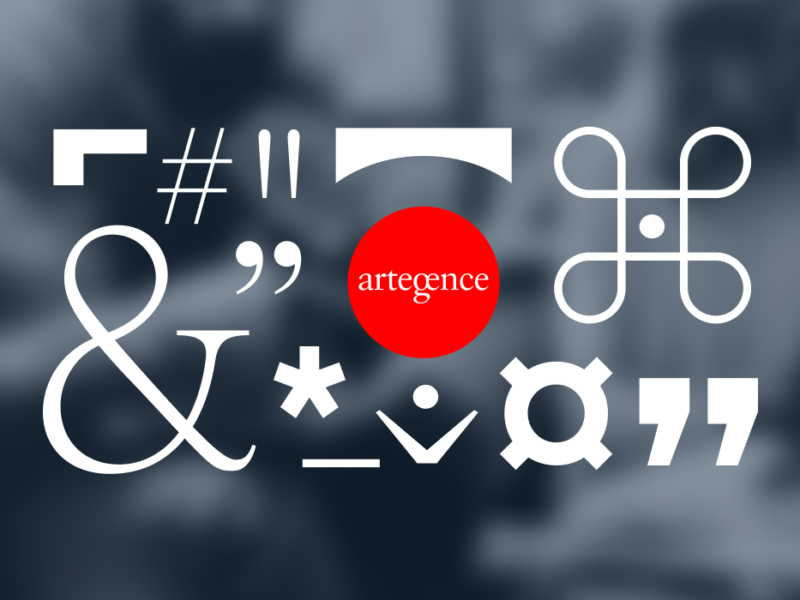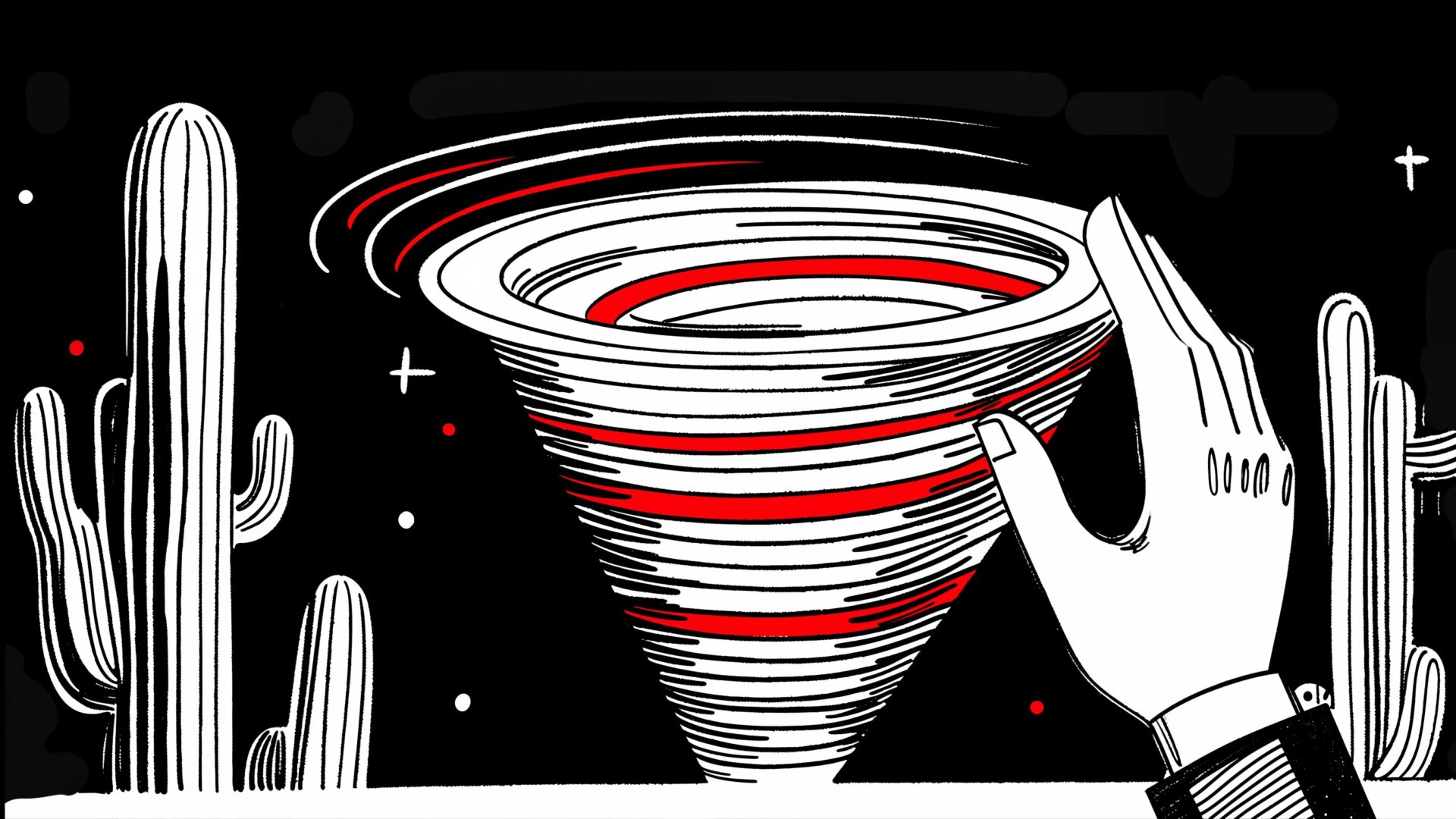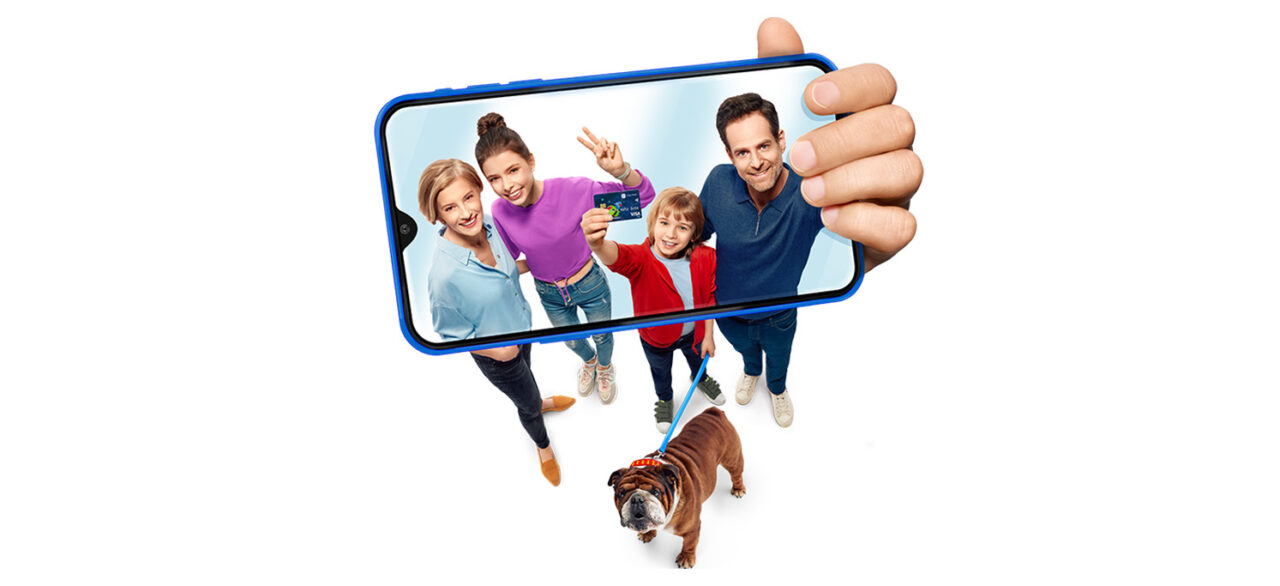Daria Romanowska, Strategy planner
Probably typing the perfect “sales funnel”, “marketing funnel” into a search engine, you are aware that there are different stages of the buying process.
If you also type “AIDA model” and a question mark into the Google box, that means you’re probably wondering how to build a sales funnel because…. you just need one. Well done – we are here to help you.
Let’s start at the beginning – what is a sales funnel?
No matter what you call it: sales funnel, purchase funnel, marketing funnel, sales funnel, consumer path, consumer journey or conversion funnel, one thing is important: a funnel is a PROCESS. Or, more specifically, the process that a customer goes through during each purchase decision: from brand familiarity, to product interest, to sales and loyalty itself.
How does it work? Exactly as the name implies – marketing funnels narrow down the wide range of potential customers to those who will actually make a purchase. It is only up to us to guide them through the process, and what and when messages we choose to ensure that the entire activity ends in a purchase. Arguably, this will not happen every time, while strongly outlined brand or product awareness is also a potential starting point for future communications.
In a nutshell, a sales funnel helps you understand what customers are thinking and doing at each stage of their buying journey, and this in turn allows you to create the right messages they encounter along the way. By doing so, we are able to turn a potential customer into a customer who chooses our product or service.
AIDA model – what is it?
The most basic model for building a funnel is the AIDA model, whose name is an acronym for Attention, Interest, Desire, Action, meaning: Awareness, Interest, Desire, Purchase. It is an answer to how not only the consumer, but each of us behaves in our daily lives. It turns out that what steps we take and what decisions we make can be predicted.
Before we get into the details and next steps of the AIDA model, let’s try to understand the human mindset and translate such a funnel into everyday life, such as meeting new people. Let’s imagine that at a party we are introduced to Olek (Attention). Olek tells better and better jokes, and in the meantime it turns out that he also leads quite an interesting life (Interest). We want to learn more about Olek, but the party is over – we have to meet again (Desire). Each subsequent meeting is the discovery of another layer of Olek’s multifaceted life. At one point we meet him regularly, and as a result we become friends (Action).
Applying this short story to the AIDA model, we can say that we have made a “purchase,” that is, we have decided to choose friendship with Olek. Let’s then consider what would have happened if Olek’s first joke had been inappropriate, or if at subsequent meetings he had told exactly the same stories we heard at the beginning, or, more to the point, no one would have recognized us that first evening with each other. This particular story ended with a happy ending, but it didn’t have to at all. Exactly like selling your product, if you don’t ask yourself the question “how do I create a sales funnel?”.
If you’ve understood how the funnel works, let’s put Olk to rest and move on with the topic. It’s time to learn more about the buying process. The stages are different and we take a closer look at them below.
Sales funnel – stages
Stage 1: Awareness
The first stage of the sales funnel is the “awareness” stage. This is where people first learn about your company, brand, product or service. Most often it will be any type of advertising, social media information or referrals from friends. How and why these people move down the sales funnel depends, of course, on your sales and marketing skills. Leads in the middle and lower stages of the sales funnel are the ones you want to pay the most attention to because they have moved from awareness to interest.

Stage 2: Interest
Once potential customers learn about your brand or product, they will start thinking about how they can solve their problem or fulfill a need they have with their help. That’s when they’ll do more thorough research to see if your offer is actually the most advantageous available answer to their current needs.

Stage 3: Desire
Your brand has managed to get the customer interested in your offer. The next step will be to arouse desire in him. Armed with information about your company, potential customers will dig deeper into your offerings and the messages you convey. When creating them, try to show the recipient the most important advantages of your offer, emphasizing the benefits it brings to them or what they will miss if they don’t use your offer.

Stage 4: Action
This is the culminating stage of your work, that is, the moment when the customer decides whether or not to make a purchase. Of course, in an ideal world, he will leave his money with you right there, but even if that doesn’t happen, this situation is not zero-sum. Just because he hasn’t decided on your product at this point doesn’t mean he never will. That’s why it’s worth reminding him occasionally, so that all the previous work doesn’t go to waste and your brand is forgotten.

AIDA. Extended model
Making a purchase should not be the final stage of customer contact. If we are satisfied with the service, we happen to return to it. We also often recommend it to friends – and these kinds of recommendations are among the most strongly resonating. This is where a slew of opportunities open up in customer contact: it’s worthwhile to make our select customer feel pampered and receive a discount on future purchases, a longer warranty or even a loyalty card. Anything that makes them leave a positive review on Google or a post on Facebook or a forum will be an irreplaceable promotion for our brand.
Summary
Your work isn’t done when you create a sales funnel. In fact, that’s when it’s just beginning. It’s important to take the time to build a funnel that actually reflects what you want and what your audience wants. Collect data, analyze and modify your funnel to get better and better results. A properly built sales funnel is a simple way to find out what information your customers need at any given stage of contact. This will allow your ideal message to appear at the perfect time and in the perfect place. If any of the above-mentioned steps are unclear to you, or you need support to construct the funnel – get back to us. We’ll make sure that, as ideal funnels tend to do, we’ll smoothly guide your customers from the first to the last stage of the sale. And for a long time afterwards.








